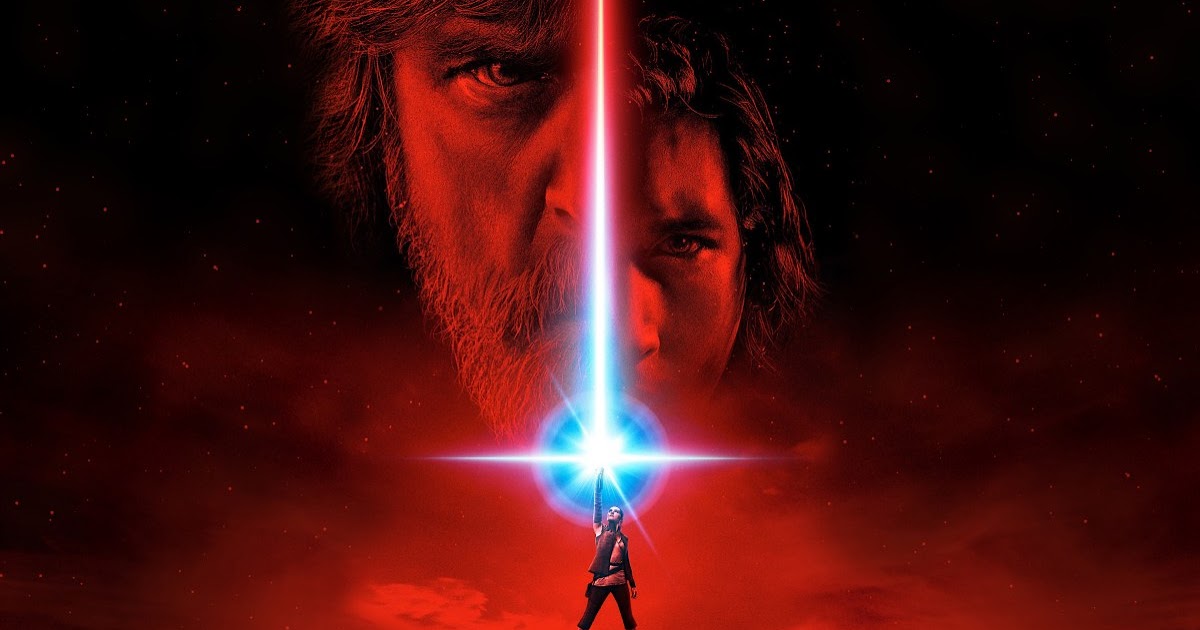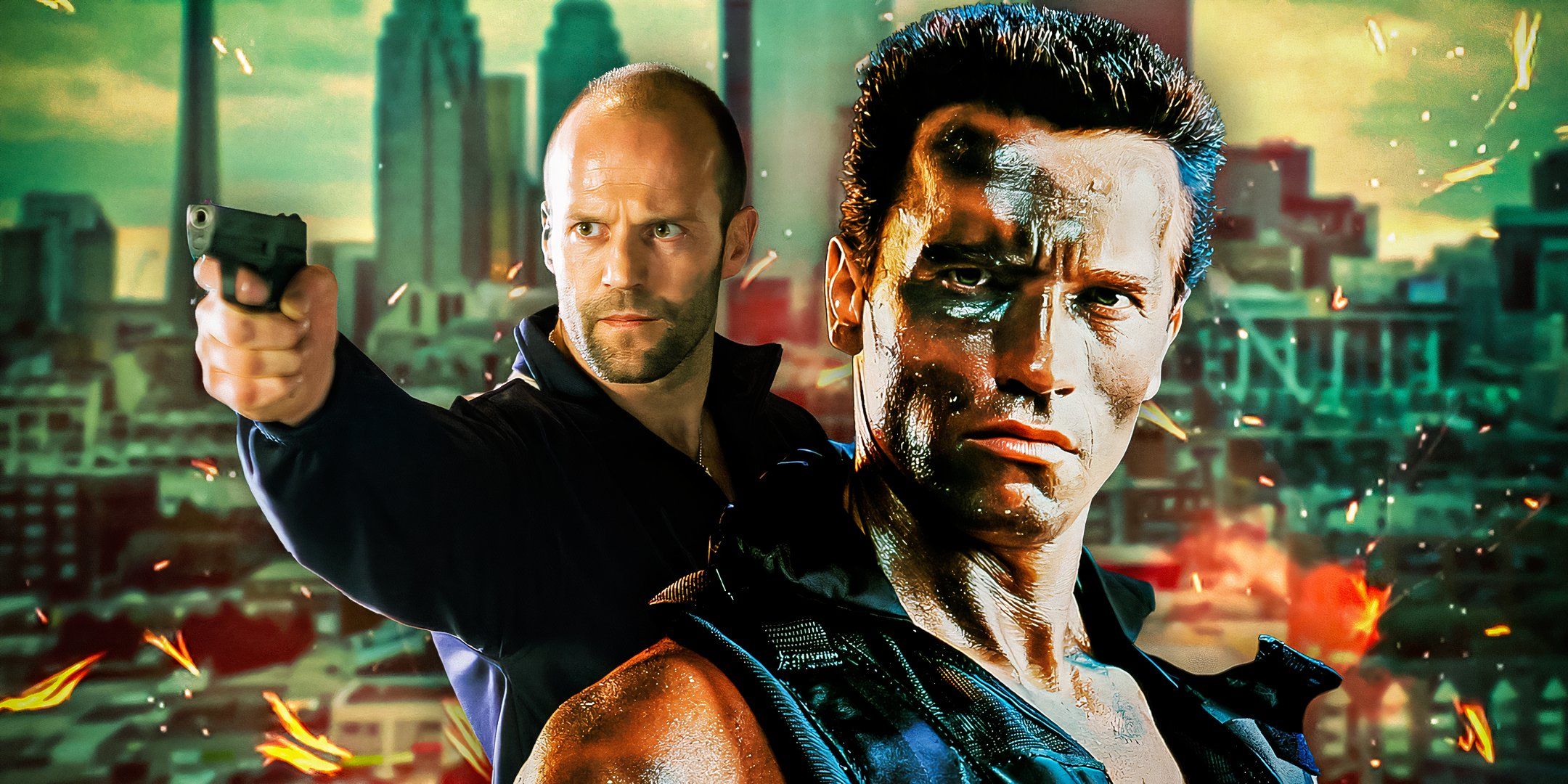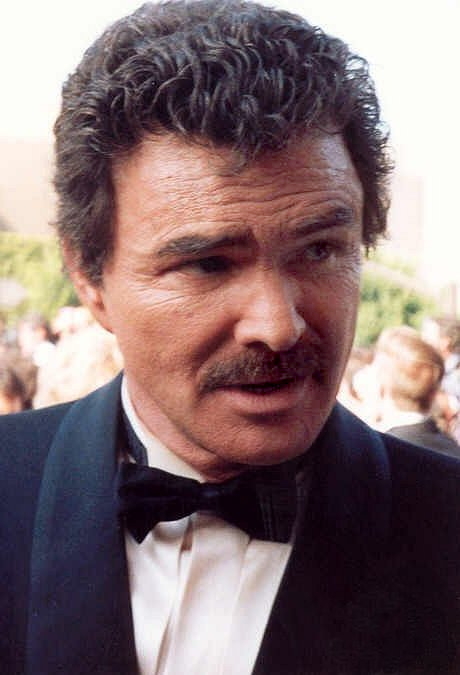
In the annals of Hollywood, few stars shone as brightly or as uniquely as Burt Reynolds. An Oscar-nominated actor who remained active up until his death in 2018, Reynolds commanded the screen and captivated audiences for decades, starring in dozens of movies and TV shows. His charisma was undeniable, his filmography expansive, and his impact on popular culture, particularly through the 1970s and ’80s, nothing short of legendary. He wasn’t just an actor; he was an icon, a persona woven into the very fabric of cinematic history. The sheer volume of his work and the indelible mark he left on audiences make revisiting his most famous roles a journey through a golden age of filmmaking.
Reynolds forged a singular identity that resonated deeply with moviegoers. He had honed his image through television, notably on “Gunsmoke” and his own series “Hawk” and “Dan August,” but it was his frequent, uproarious appearances on talk shows like “The Tonight Show Starring Johnny Carson” that truly endeared him to the masses. There, he masterfully blended the dashing sex symbol, famously posing as a Cosmopolitan centerfold, with the utterly delightful goofball. This striking contrast, between the suave leading man and the self-deprecating wit, created a connection with audiences that few of his peers could match, making him a household name long before his biggest film successes.
His transition to feature films marked the beginning of an extraordinary run, catapulting him to arguably the biggest movie star in the world during the 1970s. From gritty dramas to high-octane action-comedies and charming romps, Reynolds navigated genres with an ease that defined his unique brand of stardom. While his career boasted many memorable performances across television and film, it is his work on the big screen that often comes to mind first. We’re embarking on a look back at 12 of his greatest films, tracing the arc of a career that was as vibrant and varied as the man himself. In this first part, we explore the foundational roles that established his formidable presence and led him to unprecedented heights of fame.

1. **Deliverance (1972)**
Before Burt Reynolds became synonymous with fast cars and playful banter, he delivered a performance of raw intensity in John Boorman’s classic, “Deliverance.” This film was a pivotal moment in his career, often cited as his big break in feature films. Co-starring with Jon Voight, Ronny Cox, and Ned Beatty, Reynolds portrayed Lewis Medlock, a seasoned outdoorsman whose canoeing trip with friends turns into a terrifying fight for survival. His portrayal was both commanding and vulnerable, a stark contrast to the lighthearted image he would cultivate later.
Boorman cast Reynolds based on a talk-show appearance, recognizing a depth and gravitas that perhaps Reynolds himself felt was underutilized. Reflecting on this period, Reynolds once quipped, “It’s the first time I haven’t had a script with Paul Newman and Robert Redford’s fingerprints all over it.” He also expressed a profound sense of anticipation, stating in 1972, “I’ve waited 15 years to do a really good movie. I made so many bad pictures. I was never able to turn anyone down. The greatest curse in Hollywood is to be a well-known unknown.”
“Deliverance” proved to be a commercial and critical success, earning multiple Academy Award nominations, including Best Picture. More importantly for Reynolds, it firmly established him as a major movie actor capable of serious dramatic roles. The film’s success, coupled with his burgeoning talk-show fame, catapulted him into a new league of stardom. He later recalled, “The night of the Academy Awards, I counted a half-dozen Burt Reynolds jokes. I had become a household name, the most talked-about star at the award show.”
Read more about: Burt Reynolds, Enduring Icon of Film and Television, Dies at 82, Leaving a Legacy of Charisma and Depth
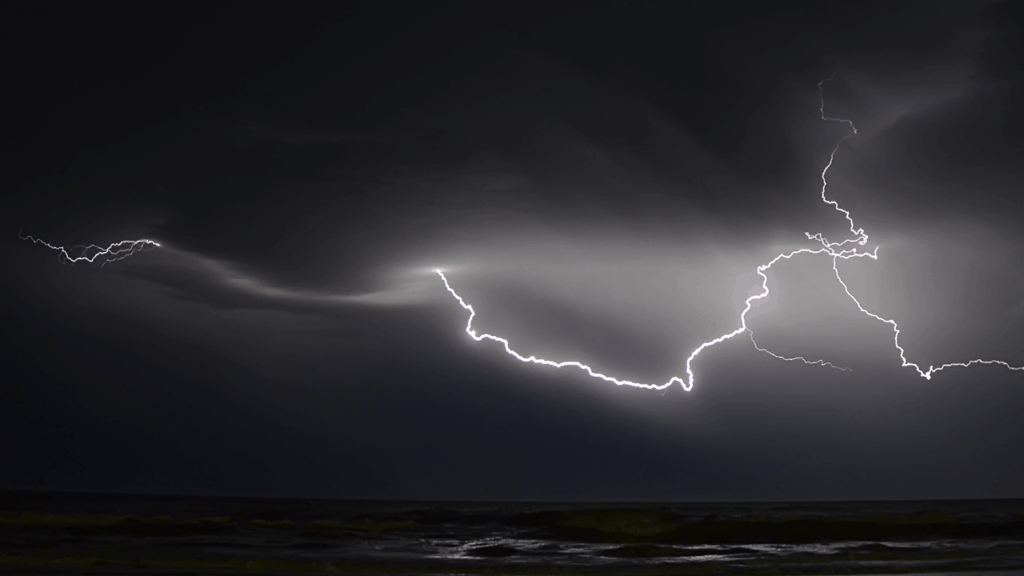
2. **White Lightning (1973)**
Following the dramatic heft of “Deliverance,” Reynolds made a decisive turn towards a different kind of film, one that would cement his commercial appeal and create a hugely profitable genre. “White Lightning,” a light-hearted car-chase film written by William W. Norton, proved to be a significant turning point. In it, Reynolds played Gator McKlusky, an ex-convict who goes undercover to expose a corrupt sheriff in the Deep South, a role that perfectly blended action, humor, and a distinctly Southern charm.
Reynolds himself recognized the unique appeal and financial viability of this genre. He called “White Lightning” “the beginning of a whole series of films made in the South, about the South, and for the South.” The film tapped into a rich vein of regional storytelling and action, demonstrating that “you could make back the cost of the negative just in Memphis alone. Anything outside of that was just gravy.” This observation proved prescient, as car-chase movies quickly became Reynolds’s most profitable genre.
The immense popularity of “White Lightning” solidified Reynolds’s position as a bankable star. By the end of 1973, he was voted into the list of the 10 most-popular movie actors in the US, securing the number four spot. This marked the beginning of an extraordinary eleven-year run on that list, underscoring his unparalleled connection with audiences who eagerly flocked to see him in these high-octane, fun-filled adventures. It was a clear indication that Reynolds had found a formula that resonated deeply, moving beyond the critical acclaim of “Deliverance” to mainstream box-office gold.
Read more about: Burt Reynolds, Enduring Icon of Film and Television, Dies at 82, Leaving a Legacy of Charisma and Depth

3. **The Longest Yard (1974)**
Building on his newfound status as a major box-office draw, Burt Reynolds collaborated with acclaimed director Robert Aldrich for the sports comedy, “The Longest Yard.” In this immensely popular film, Reynolds starred as Paul Crewe, a disgraced former NFL quarterback who, after being sent to prison, is forced to assemble a team of inmates to play a football game against the guards. The film blended gritty realism with comedic elements, allowing Reynolds to showcase both his athletic prowess and his signature charming roguishness.
The film was a huge success, further cementing Reynolds’s appeal to a broad audience. His performance as Crewe, a character with a troubled past seeking redemption, resonated with viewers. It was a role that played to his strengths, combining a tough-guy exterior with an underlying wit and vulnerability, making Crewe a compelling anti-hero that audiences loved to root for. The dynamics of the prison setting, coupled with the underdog sports narrative, provided a perfect vehicle for Reynolds’s star power.
Director Robert Aldrich, a seasoned filmmaker known for tough, masculine pictures, had a nuanced perspective on Reynolds’s acting capabilities. He once stated, “I think that on occasion, he’s a much better actor than he’s given credit for. Not always; sometimes he acts like a caricature of himself.” This observation highlights the unique tightrope Reynolds walked throughout his career, balancing genuine acting talent with the demands of his larger-than-life public persona. In “The Longest Yard,” he managed to strike that balance, delivering a performance that was both entertaining and subtly layered, showcasing why he was such a beloved figure in Hollywood.
Read more about: The ’70s Roared: 14 Loud & Proud Moments That Defined a Decade of Unprecedented Global Change

4. **Hustle (1975)**
While Burt Reynolds was quickly becoming known for his light-hearted action films and comedies, he also continued to explore more serious dramatic roles, often returning to collaborations with directors who appreciated his versatility. “Hustle,” a police drama directed by Robert Aldrich, saw Reynolds delve into a grittier narrative, co-starring with Catherine Deneuve. In this film, Reynolds played Lieutenant Phil Gaines, a cynical Los Angeles police detective investigating the murder of a call girl.
“Hustle” presented a darker, more reflective side of Reynolds’s acting range. It offered a stark contrast to the boisterous energy of his car-chase movies, allowing him to embody a character burdened by the grim realities of his profession and the complexities of his personal life. The film delved into themes of corruption, disillusionment, and the moral ambiguities faced by those on both sides of the law, portraying a more nuanced and somber world than many of his other contemporary releases.
Despite its dramatic tone, “Hustle” was noted as one of Reynolds’s more popular films of the mid-1970s. Its success demonstrated that audiences were not solely interested in his comedic antics but were also willing to follow him into more profound and challenging narratives. This ability to pivot between genres and deliver credible performances across different registers was a testament to his evolving craft, proving that beneath the charming exterior lay a serious actor willing to tackle complex roles, further solidifying his diverse appeal as a leading man.
Read more about: Remembering Bruce Glover: An In-Depth Look at the Iconic Roles of a Character Acting Legend
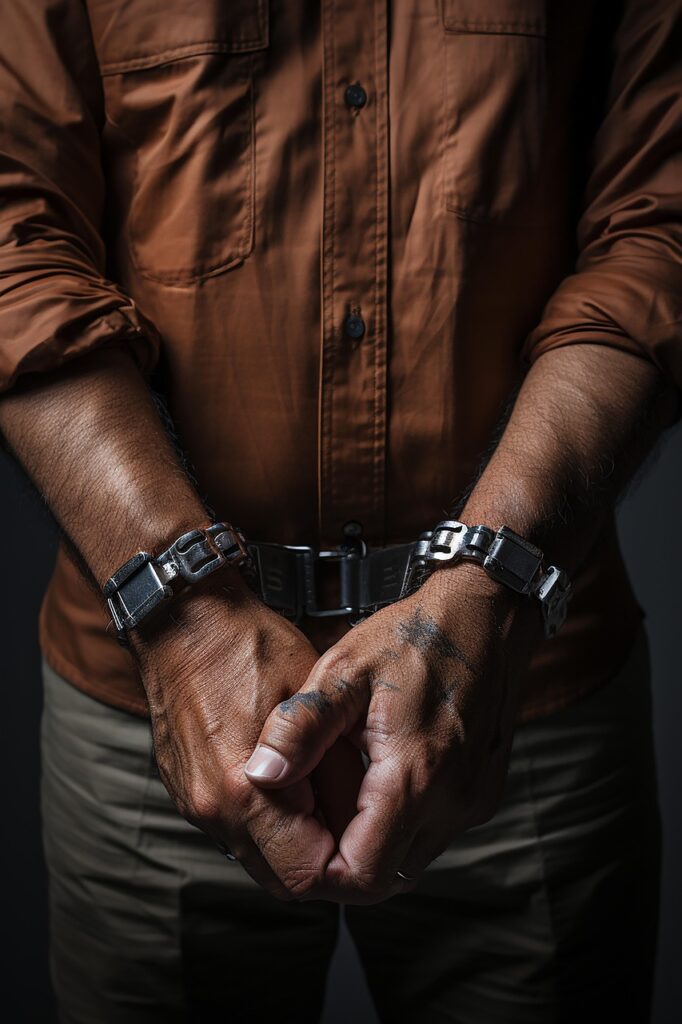
5. **Smokey and the Bandit (1977)**
If any single film is synonymous with Burt Reynolds’s meteoric rise to unparalleled superstardom, it is undoubtedly “Smokey and the Bandit.” This high-octane action-comedy, directed by his longtime friend and stuntman Hal Needham, became the biggest success of Reynolds’s career. He starred as Bo “Bandit” Darville, a charismatic bootlegger attempting to illegally transport 400 cases of Coors beer across state lines, all while being relentlessly pursued by the comically persistent Sheriff Buford T. Justice, played by the incomparable Jackie Gleason.
The film was an absolute sensation, capturing the spirit of American car culture and small-town charm with its thrilling chases, witty dialogue, and infectious energy. Co-starring Sally Field as his love interest and Jerry Reed as his loyal truck-driving partner, the chemistry among the cast was palpable and electric, contributing significantly to its massive appeal. “Smokey and the Bandit” was more than just a movie; it was a cultural phenomenon that resonated deeply with audiences, becoming a cornerstone of pop culture in the late 1970s.
Its phenomenal success marked the beginning of Reynolds’s six-year box-office reign, during which he was voted the world’s number-one movie actor from 1978 to 1982 in the annual Top Ten Money Making Stars Poll. This was a record he shares with Bing Crosby, a testament to his unprecedented popularity. The film perfectly capitalized on his established persona: the charming outlaw, the quick-witted prankster, and the effortlessly cool leading man. It was a role he was born to play, and in doing so, he cemented his legacy as one of the most recognizable and beloved actors of his generation, defining an era of blockbuster entertainment.
Read more about: What Happened To The Automotive Star of 1977’s “The Car”? A Deep Dive Into Its Lincoln Mark III Origins, Customization, and Enduring Mystery
6. **Semi-Tough (1977)**
Released in the same year as his monumental hit “Smokey and the Bandit,” “Semi-Tough” showcased Burt Reynolds’s versatility and his continued appeal in the realm of comedy, albeit with a slightly different flavor. This film was a sports comedy, allowing Reynolds to once again blend his athletic background with his natural comedic timing. He starred alongside Jill Clayburgh and Kris Kristofferson, navigating the humorous and often chaotic world of professional football players and their eccentric lives off the field.
In “Semi-Tough,” Reynolds played Billy Clyde Puckett, a hard-partying, philosophical football star who finds himself in a complicated love triangle with his teammate Marvin “Shake” Tiller (Kristofferson) and their shared best friend, Barbara Jane Bookman (Clayburgh). The film explored themes of friendship, love, and the pursuit of self-help enlightenment with a satirical edge. His performance demonstrated his ability to carry a film with a more ensemble feel, proving he could shine not just as a solo action hero, but also within a comedic trio.
Produced by David Merrick, “Semi-Tough” offered Reynolds another opportunity to flex his comedic muscles in a setting distinct from the car-chase genre. It solidified his reputation as an actor who could deliver both broad appeal and more nuanced humor, even within the context of a relatively mainstream comedy. Coming on the heels of “Smokey and the Bandit,” this film further underscored his incredible range and his status as a box-office titan, capable of drawing audiences to diverse projects and maintaining his position at the very peak of Hollywood stardom, reinforcing his magnetic charm and engaging presence on screen.” , “_words_section1”: “1948
After forging a unique path to stardom in the mid-1970s, Burt Reynolds wasn’t content to simply rest on his laurels. His box-office dominance, solidified by a string of crowd-pleasing hits, continued into the late 1970s and early 1980s, marking a period of unprecedented commercial success. During this time, he not only continued to deliver the high-octane fun audiences craved but also ventured into directing and explored different facets of his acting range, proving his enduring appeal and multifaceted talent. Let’s delve into the roles that further defined this extraordinary era and his remarkable resurgence.
Read more about: Burt Reynolds, Enduring Icon of Film and Television, Dies at 82, Leaving a Legacy of Charisma and Depth

7. **The End (1978)**
Fresh off the monumental success of “Smokey and the Bandit,” Reynolds took a bold step by directing his second feature film, “The End.” This dark comedy offered a stark contrast to his earlier, more boisterous fare, showcasing a different side of his creative ambition. In “The End,” Reynolds also starred, taking on a role originally conceived for Woody Allen, which further emphasized the film’s unique, introspective tone.
The movie explored heavy themes with a comedic touch, centering on a man grappling with a terminal illness and attempting to end his life. This was a significant departure from the charming outlaw persona that had endeared him to millions, yet Reynolds embraced the challenge. His decision to both direct and star in such a distinct project highlighted his desire for artistic control and his willingness to push beyond established expectations.
While perhaps not reaching the same widespread commercial heights as his action-comedies, “The End” was an important marker in Reynolds’ career. It demonstrated his growth behind the camera and his commitment to tackling more complex narratives. This venture into dark comedy further showcased his range, proving he was an actor and filmmaker with more to offer than just car chases and witty banter.
Read more about: The Enduring Gravitas: Unpacking the Storied Life and Legacy of Tommy Lee Jones
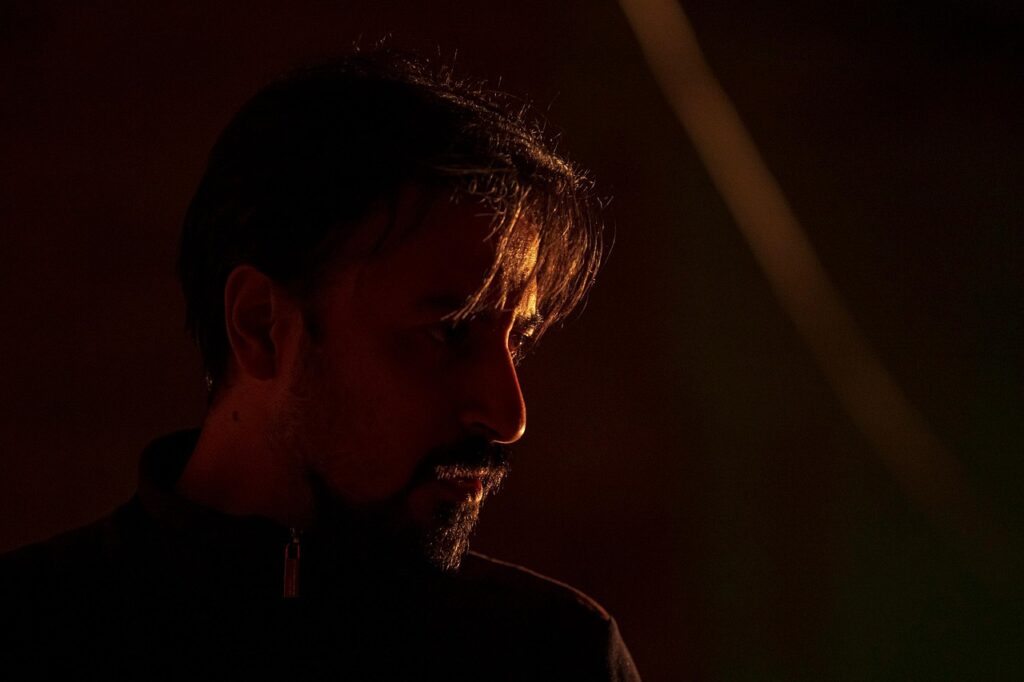
8. **Hooper (1978)**
The following year, Reynolds reunited with his close friend and “Smokey and the Bandit” director Hal Needham for “Hooper,” a film that proved to be another massive hit. This time, Reynolds donned the persona of Sonny Hooper, an aging and legendary stunt man whose body is starting to feel the toll of his dangerous profession. The film was a heartfelt tribute to the world of stunt work and the unsung heroes of Hollywood.
“Hooper” perfectly blended Needham’s flair for thrilling action sequences with a compelling character study, allowing Reynolds to deliver a performance that was both exhilarating and reflective. The film captured the camaraderie and danger inherent in the stunt industry, offering audiences a rare glimpse behind the curtain of movie magic. Co-starring Sally Field and Jan-Michael Vincent, the film resonated with the public.
It was during this prolific period that Reynolds reflected on his craft, stating, “My ability as an actor gets a little better every time.” He added, “I’m very prolific in the amount of films I make—two-and-a-half or three a year—and when I look at any picture I do now compared to Deliverance, it’s miles above what I was doing then. But when you’re doing films that are somewhat similar to each other, as I’ve been doing, people take it for granted.” “Hooper” allowed him to infuse his popular persona with a deeper layer of vulnerability and experience.
The film’s success underscored Reynolds’s remarkable consistency at the box office. He skillfully leveraged his established image, while subtly evolving it, making “Hooper” a triumphant blend of thrilling entertainment and genuine character depth. It reinforced his status as a leading man who could consistently deliver both excitement and authentic performances to his loyal fanbase.
Read more about: The 7 Scariest Horror Movies of the 1970s That Still Own a Piece of Our Souls

9. **Starting Over (1979)**
In 1979, Burt Reynolds again demonstrated his range, pivoting from high-octane action to the more nuanced world of romantic comedy with “Starting Over.” This film, co-starring Jill Clayburgh and Candice Bergen, presented a delightful change of pace, revealing Reynolds’s effortless charm and comedic timing in a more intimate, character-driven narrative. It was also co-written and produced by the acclaimed James L. Brooks.
Reynolds played Phil Potter, a recently divorced man navigating the complexities of new relationships and emotional recovery. The role allowed him to explore vulnerability and relatable human experiences, showcasing his ability to lead a film without relying on stunts or car chases. His chemistry with Clayburgh was particularly praised, grounding the humor in genuine emotional truth.
The decision to take on “Starting Over” proved that Reynolds was not afraid to challenge audience expectations, or his own. While he was known for his “fun romps” that often featured his friends, this film leaned into a more serious comedic vein, highlighting his versatility. It allowed him to shed the “action hero” skin for a period and delve into the intricacies of everyday life and love.
“Starting Over” stands as one of those key films that critics and fans often cite when discussing Reynolds’s broader acting capabilities. It confirmed that his appeal extended far beyond the realm of Southern-fried action, demonstrating his capacity to deliver poignant and heartfelt performances in a genre that demanded a different kind of charisma, further solidifying his diverse filmography.
Read more about: Hollywood’s Hidden Gems: 15 Classic Movie Stars Who Deserved Way More Recognition
10. **Smokey and the Bandit II (1980)**
The monumental success of “Smokey and the Bandit” made a sequel all but inevitable, and in 1980, Reynolds returned as Bo “Bandit” Darville in “Smokey and the Bandit II.” This time, the stakes were even higher, with the Bandit, Cledus “Snowman” Snow (Jerry Reed), and Sally Field’s Carrie on another adrenaline-fueled cross-country adventure, once again pursued by the relentless Sheriff Buford T. Justice (Jackie Gleason).
Directed by Hal Needham, the sequel perfectly recaptured the infectious energy, spectacular car stunts, and humorous banter that made the original a cultural touchstone. The film further capitalized on the established chemistry between Reynolds, Field, and Reed, giving audiences exactly what they loved – more outrageous antics and thrilling chases. It was a testament to the enduring appeal of the “Bandit” persona.
“Smokey and the Bandit II” wasn’t just another hit; it was a continuation of Reynolds’s unprecedented reign at the box office. By this point, he was consistently voted the world’s number-one movie actor, a title he held from 1978 to 1982. This sequel played a significant role in maintaining that dominance, reinforcing his status as the most bankable star in Hollywood, a record he shares only with Bing Crosby.
The film cemented the franchise’s legacy as a quintessential example of 1970s and early 1980s Americana. It showcased Reynolds at the absolute peak of his commercial powers, embodying a character that was both a mischievous outlaw and an undeniably charming hero. The widespread popularity of this film, and its predecessor, solidified Burt Reynolds’s iconic status for an entire generation of moviegoers.
Read more about: Burt Reynolds, Enduring Icon of Film and Television, Dies at 82, Leaving a Legacy of Charisma and Depth
11. **The Cannonball Run (1981)**
Just one year after the successful “Smokey and the Bandit II,” Burt Reynolds once again teamed up with director Hal Needham for another star-studded, high-speed romp: “The Cannonball Run.” This film was a veritable festival of automotive chaos and celebrity cameos, following a wild, illegal, coast-to-coast car race. Reynolds starred as J.J. McClure, leading an eclectic cast of characters in pursuit of victory.
“The Cannonball Run” epitomized Reynolds’s “fun film” period, where he reveled in collaborating with friends like Dom DeLuise and Charles Nelson Reilly, both of whom joined him for this series. The ensemble cast was legendary, featuring a dazzling array of guest stars including Frank Sinatra, Dean Martin, Sammy Davis, Jr., and even a young Jackie Chan, all adding to the film’s undeniable appeal and chaotic charm.
The film’s premise — a cross-country race with no rules — provided the perfect playground for Reynolds’s brand of charismatic mischief and Needham’s expertise in action. It was less about a deep plot and more about the sheer joy of watching these personalities interact amidst a flurry of car chases and slapstick humor. The film’s lighthearted spirit and all-star lineup made it a huge commercial success.
“The Cannonball Run,” along with its sequel, further solidified Reynolds’s commercial reign during the 1980s. Its success demonstrated his continued ability to draw massive audiences to films that prioritised pure, unadulterated entertainment. It became a beloved staple of the era, showcasing Reynolds’s magnetic screen presence and his talent for making audiences laugh, reinforcing his status as Hollywood’s most popular actor.
Read more about: Flex Those Muscles: 15 Action Movie Stars Who Totally Redefined 80s Machismo and Why We Still Can’t Get Enough

12. **Boogie Nights (1997)**
After a period in the late 1980s and early 1990s where film roles began to dwindle and his career saw some struggles, Burt Reynolds found a remarkable resurgence in 1997 with Paul Thomas Anderson’s critically acclaimed film, “Boogie Nights.” This role was widely hailed as a “comeback” and redefined his dramatic capabilities for a new generation of audiences and critics.
In a powerful departure from his earlier work, Reynolds played Jack Horner, a high-minded pornographic film director navigating the burgeoning adult film industry of the 1970s and ’80s. His performance was nuanced, complex, and earned him widespread critical attention. It finally brought him his first Golden Globe for film and, perhaps most notably, his first and only Academy Award nomination for Best Supporting Actor, more than 30 years into his storied career.
Despite the immense critical acclaim and a cascade of awards, Reynolds famously had a difficult relationship with the film and its director, Paul Thomas Anderson. Co-star William H. Macy even commented that Reynolds was “clueless about the film and had become out of touch with the film industry” at the time. He reportedly dismissed his agent for recommending the role, a testament to the internal struggles he faced even amidst such a powerful comeback.
Yet, “Boogie Nights” irrevocably altered the perception of Burt Reynolds as an actor. It showcased a depth and gravitas that many had forgotten or perhaps never fully appreciated, earning him 12 acting awards and three nominations in total. This profound dramatic turn became a pivotal moment in his legacy, proving that even after decades in the spotlight, Reynolds still had the capacity to surprise, challenge, and captivate audiences with an Oscar-worthy performance, cementing his place in the pantheon of Hollywood legends.
Read more about: Chameleons of the Silver Screen: Unpacking the Unparalleled Versatility of 14 Iconic Actors Across Genres
Burt Reynolds was an undeniable force of nature, a star whose charisma lit up every screen he graced and whose impact on popular culture remains indelible. From the intense drama of “Deliverance” to the joyous abandon of “Smokey and the Bandit,” and finally to the critically acclaimed depths of “Boogie Nights,” his career was a testament to versatility, resilience, and an unwavering connection with his audience. He effortlessly transitioned from rugged outdoorsman to charming outlaw, from comedic lead to dramatic powerhouse, always infusing his roles with a unique blend of wit, toughness, and vulnerability. More than just an actor, Burt Reynolds was a true entertainer, a cultural touchstone whose legacy will continue to inspire and delight generations of film enthusiasts. He defined an era, and in doing so, created a filmography that remains as vibrant and captivating as the man himself.





